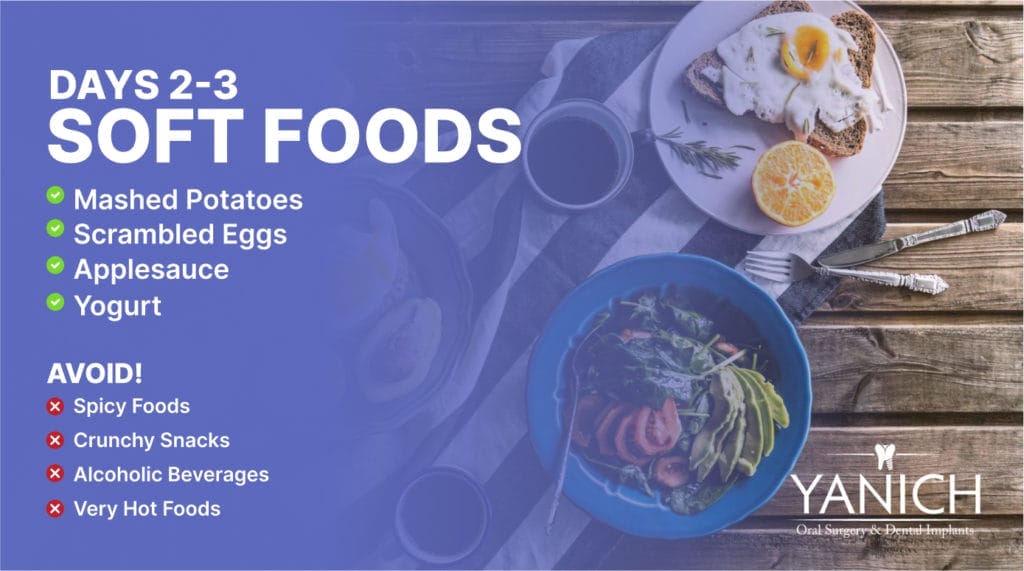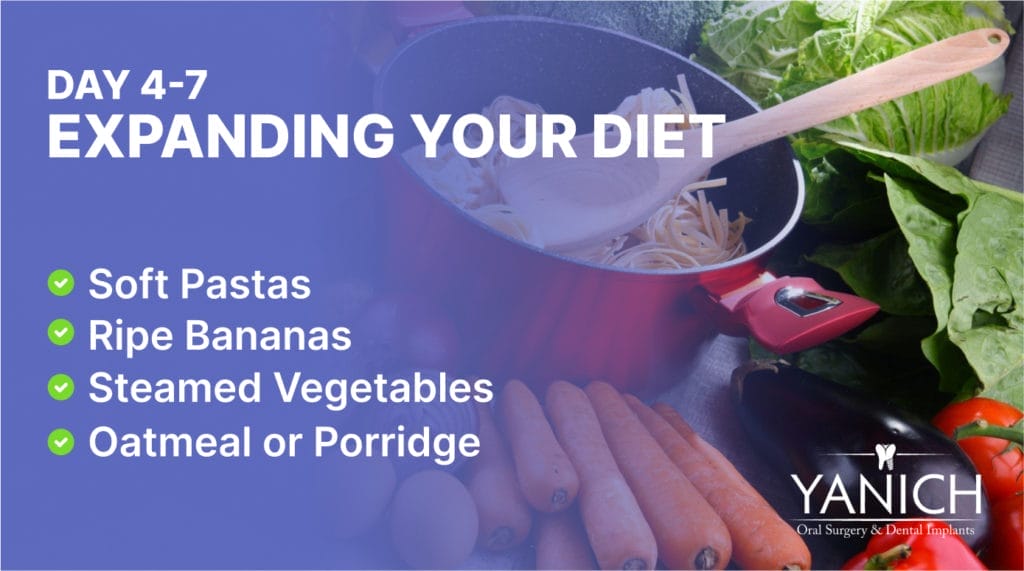Understanding your wisdom teeth food timeline is essential for a smooth and comfortable recovery. The initial 24 hours post-surgery requires a delicate balance of nutrition and comfort, focusing on soft, soothing foods that ease your healing journey.
However, there’s so much more to discover beyond the first day – from transitioning to semi-solid foods to eventually resuming your regular diet; each phase plays a pivotal role in your recovery.
As you read on, you’ll find practical advice, tailored food suggestions, and expert tips to meet your nutritional needs and pamper your healing process.
The First 24 Hours Post-Surgery: Immediate Care and Diet
The initial 24 hours following your wisdom teeth removal are crucial, setting the stage for a swift and comfortable recovery.
Let’s explore the essentials of immediate post-surgery care and the ideal diet during this delicate time.
Immediate Post-Surgery Care
Handling Bleeding and Swelling
After the surgery, it’s common to experience some bleeding and swelling. To manage this, gently bite down on the gauze pads provided by your surgeon, changing them as they become soaked. Also, a cold compress applied externally to the cheek can reduce swelling.
Remember, keep your head elevated and avoid any strenuous activity.
Pain Management Strategies
Over-the-counter pain relievers can be effective, but always follow your dentist’s recommendations.
Some patients are prescribed specific medications – if so, use them as directed. However, avoid aspirin as it can increase bleeding.
Gentle rest, avoiding touching the surgical area, and keeping your head elevated, even while sleeping, can also help manage pain and reduce swelling.
Foods to Consume
In these first 24 hours, your focus should be on gentle care and providing your body with the right nourishment.
Stick to a liquid diet, choose the best foods to eat, manage pain and swelling effectively, and you’ll pave the way for a smoother recovery.
Liquid Diet Options: Broths, Smoothies, and More
Your go-to diet in the first 24 hours should be entirely liquid. Think nutrient-rich broths, which soothe and provide essential nutrients without irritating the surgical site.
Smoothies are another great choice – they’re easy to consume and can be packed with fruits, yogurt, and protein powders.
Avoid using straws as the suction can disrupt the healing process.
Importance of Hydration
Water is your best friend here, but you can include beverages like herbal teas. Avoid hot drinks, as they can increase swelling, and steer clear of alcohol and caffeine, as they can dehydrate you and potentially worsen swelling.

Days 2-3: Transitioning into More Substantial Foods
As you step into days 2 and 3 post-wisdom teeth surgery, your diet can include more substantial foods.
The following soft foods, which require minimal chewing, are safe and comforting options:
- Mashed Potatoes: Soft, easy to eat, and can be enriched with butter or cream for extra calories and comfort.
- Scrambled Eggs: They’re easy to eat and packed with protein, which is essential for healing.
- Applesauce: A smooth and nutritious option that adds sweetness to your diet without chewing.
- Yogurt: Great for its smooth texture and probiotics, which benefit your gut health.
Meanwhile, avoid the following to ensure a smooth recovery:
- Spicy Foods: Can irritate the surgical site.
- Crunchy Snacks: Things like chips or nuts could agitate your wounds.
- Alcoholic Beverages: They can interfere with any medications and the overall healing process.
- Very Hot Foods: High temperatures can cause discomfort and swelling.
Nutritional Considerations
Your body needs a variety of vitamins and minerals for efficient healing:
- Vitamin C: Found in fruits like oranges and strawberries, it’s key for gum health and wound healing.
- Calcium: Essential for bone health; consider incorporating milk or cheese into your diet if you can tolerate them.
- Protein: Critical for tissue repair. Soft protein sources include tofu, cottage cheese, and soft-cooked chicken.
Balancing Comfort with Nutritional Needs
- Choose Foods That Soothe and Nourish: Opt for foods that feel good and contribute to your overall health.
- Listen to Your Body: If a certain food causes discomfort, avoid it for now.
- Stay Hydrated: Drink plenty of fluids to support overall health and recovery.

Day 4-7: Expanding Your Diet as Healing Progresses
As your mouth starts to heal, you can introduce semi-solid foods into your diet. These should be easy to chew and not irritate the surgical site.
Consider these options:
- Soft Pastas: Cooked until very soft, pasta can be comforting and chewable.
- Ripe Bananas: These are soft, nutritious, and easy on your healing gums.
- Steamed Vegetables: Vegetables like carrots and broccoli, steamed until soft, offer essential nutrients without much strain on chewing.
- Oatmeal or Porridge: Easy to prepare and swallow, these provide good fiber and are gentle on the mouth.
As you expand your diet, it’s crucial to monitor how your body reacts:
- Chew Slowly and Gently: To avoid discomfort and assess how your mouth handles the food.
- Look for Any Discomfort: If a particular food causes pain or discomfort, it’s best to avoid it for a few more days.
- Gradual Introduction: Introduce one new food at a time to make identifying anything that might cause issues easier.
Maintaining Oral Hygiene
Tips for Keeping the Surgical Site Clean
Keeping the surgical site clean is vital to prevent infection and promote healing:
- Gentle Rinsing: Use saltwater or a prescribed mouthwash to gently rinse your mouth, especially after eating.
- Avoid Direct Brushing: Brush around the surgical site carefully to avoid disturbing it.
- Avoiding Harsh Mouthwashes: Some commercial mouthwashes can be too harsh on surgical sites. Check with your dentist for recommendations.
Adjusting Oral Care Routine Post-Surgery
Post-surgery, your oral care routine will need some adjustments:
- Soft-Bristled Toothbrush: This can help gently clean your teeth without irritating the surgical site.
- Flossing with Caution: If you can floss, do so with care, avoiding the areas close to the extraction sites.
- Regular Dental Checkups: Keep up with your dental appointments to ensure proper healing and address concerns.

Week 2 Onwards: Resuming Normal Diet
This period is typically when you can resume your normal diet, reintroducing the foods you love while still paying attention to your oral health.
Returning to Regular Foods
Guidelines for Reintroducing Regular Foods
As you transition back to your regular diet, keep these guidelines in mind:
- Start Slow: Begin with softer versions of your regular foods and gradually move to harder textures.
- Chew With Care: Continue to chew gently and avoid putting pressure on the healing areas.
- Monitor for Sensitivity: Some people may experience sensitivity to very hot or cold foods. Listen to your body and adjust accordingly.
Signs Your Body is Ready for a Normal Diet
- Reduced Swelling and Discomfort: As the swelling subsides and discomfort decreases, you can consider reintroducing more challenging foods.
- Ease of Chewing: Chewing without pain or discomfort is a good sign that your mouth is healing well.
- Normal Mouth Opening: Being able to open your mouth normally without pain is a key indicator that you’re ready for regular foods.
Long-Term Dietary Considerations
Understanding Lasting Impacts on Oral Health
- Be Mindful of Hard or Sticky Foods: Even after healing, it’s wise to be cautious with foods that are extremely hard, sticky, or chewy.
- Regular Dental Check-Ups: Maintain regular visits to your dentist to monitor your oral health and address any potential issues promptly.
Recommendations for Ongoing Dental Care
- Regular Brushing and Flossing: Maintain a thorough oral hygiene routine to keep your teeth and gums healthy.
- Use of Therapeutic Mouthwashes: Consider incorporating mouthwashes that promote gum health into your routine.
- Balanced Diet for Oral Health: Eat a balanced diet rich in vitamins and minerals that support oral health.
Continue to monitor your healing process, maintain good oral hygiene, and keep in touch with your dental professional.
Your oral health is a crucial component of your overall well-being, so treat it with the importance it deserves.
Final Words
Successfully navigating your wisdom teeth food timeline is crucial to your recovery journey. From the immediate post-surgery diet to gradually reintroducing your favorite foods, each step ensures a smooth and comfortable healing process.
Remember, listening to your body and following these guidelines will help you get back to enjoying your regular meals in no time.
Connect with us today to ensure your recovery is on the right track. Let’s make your journey back to normal, eating safely and satisfyingly!


